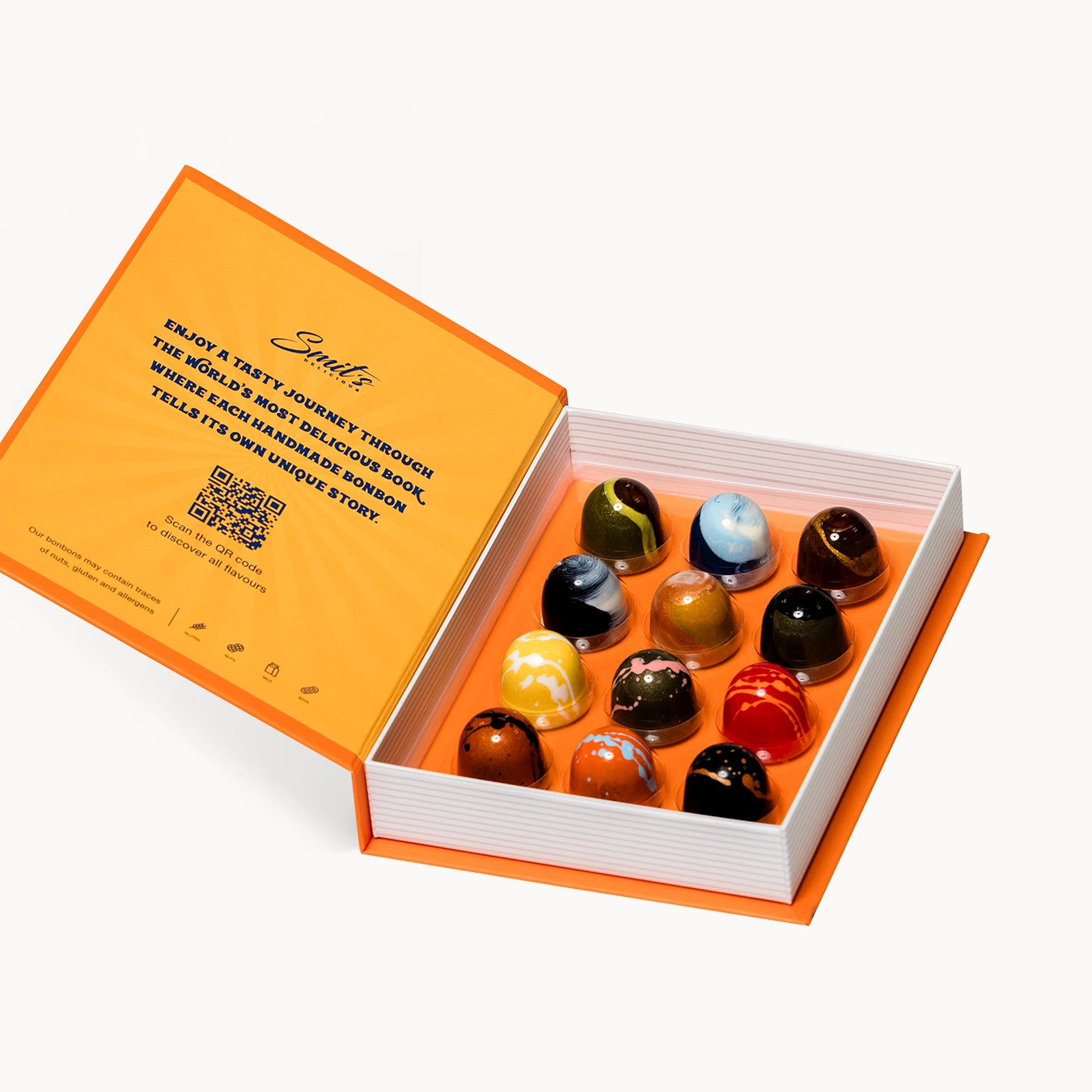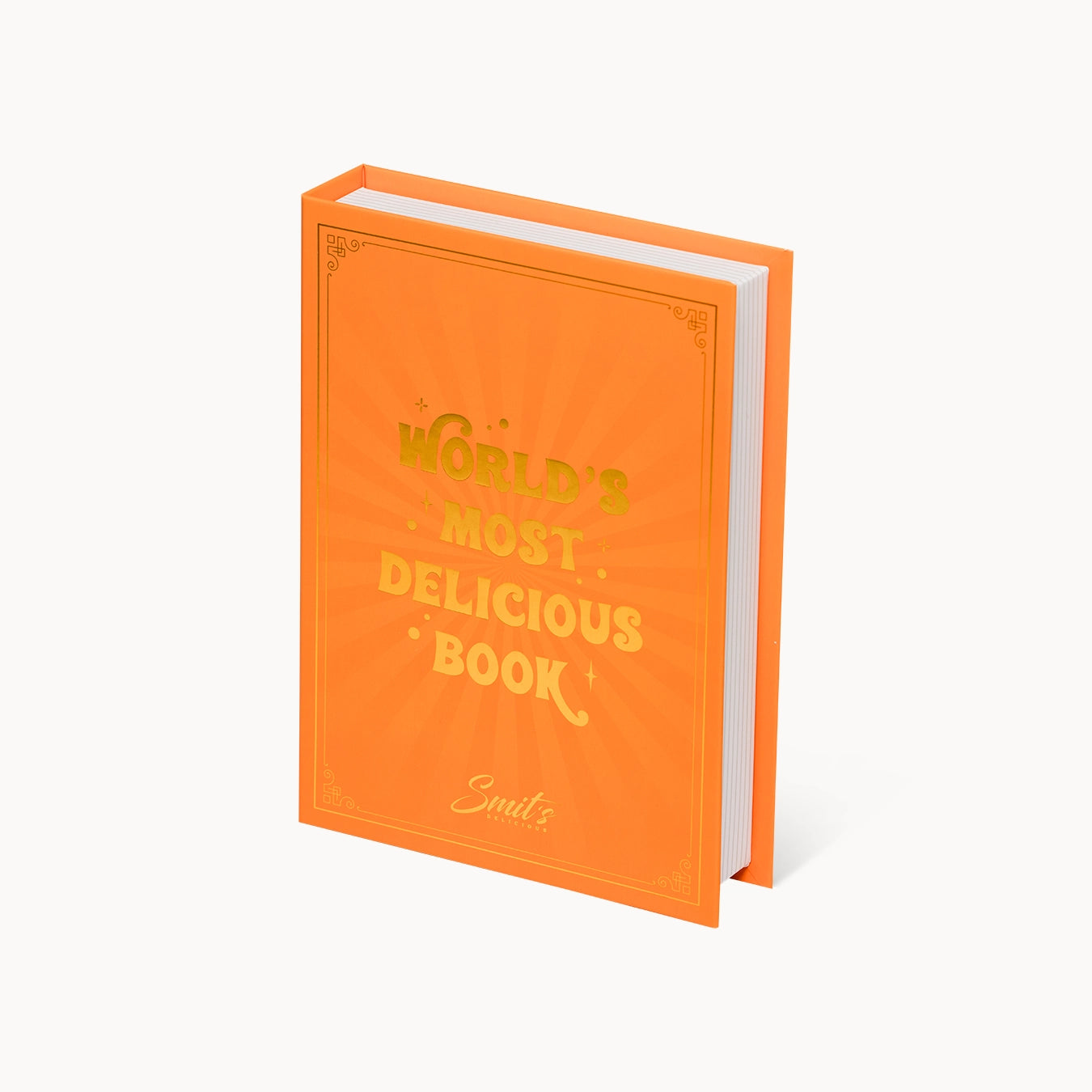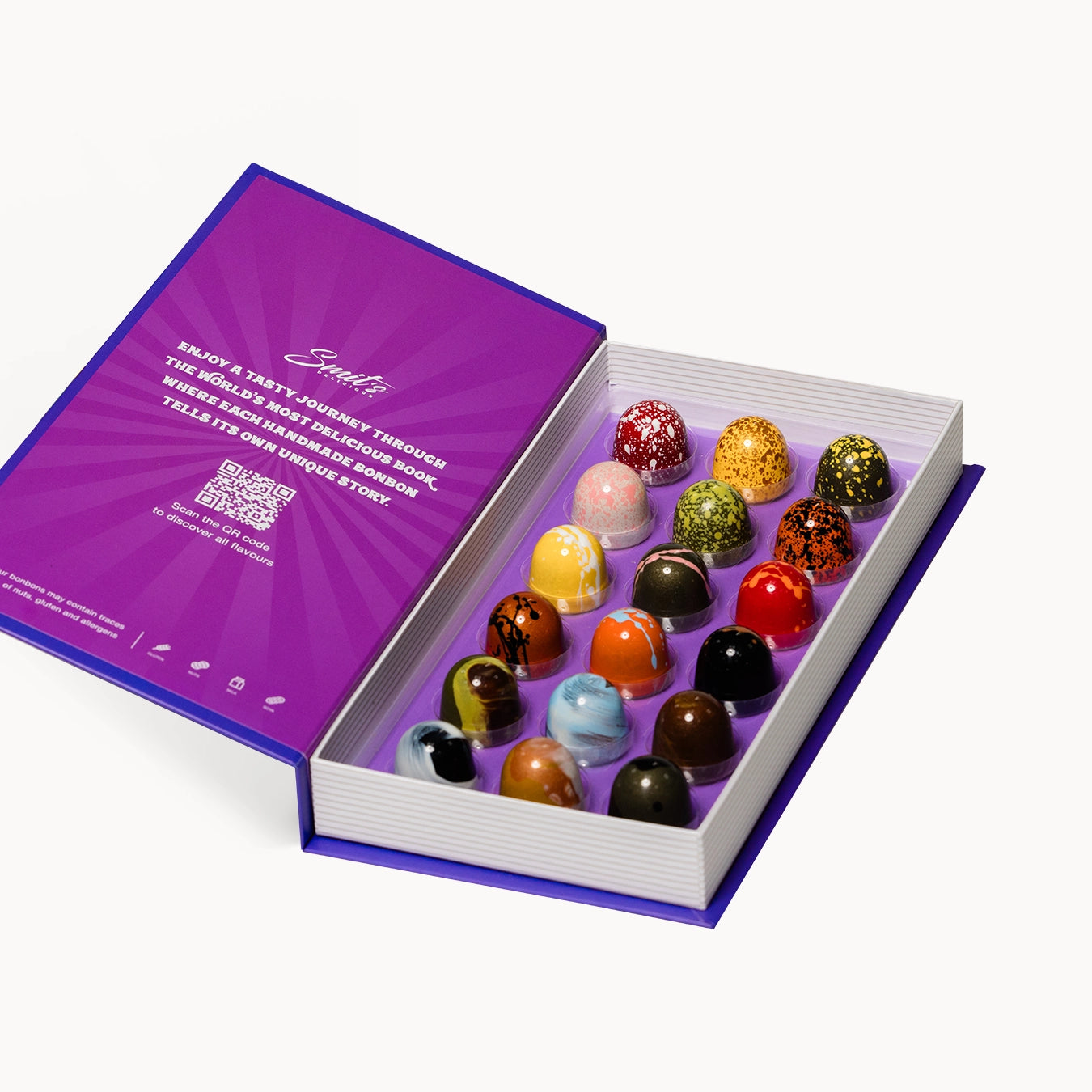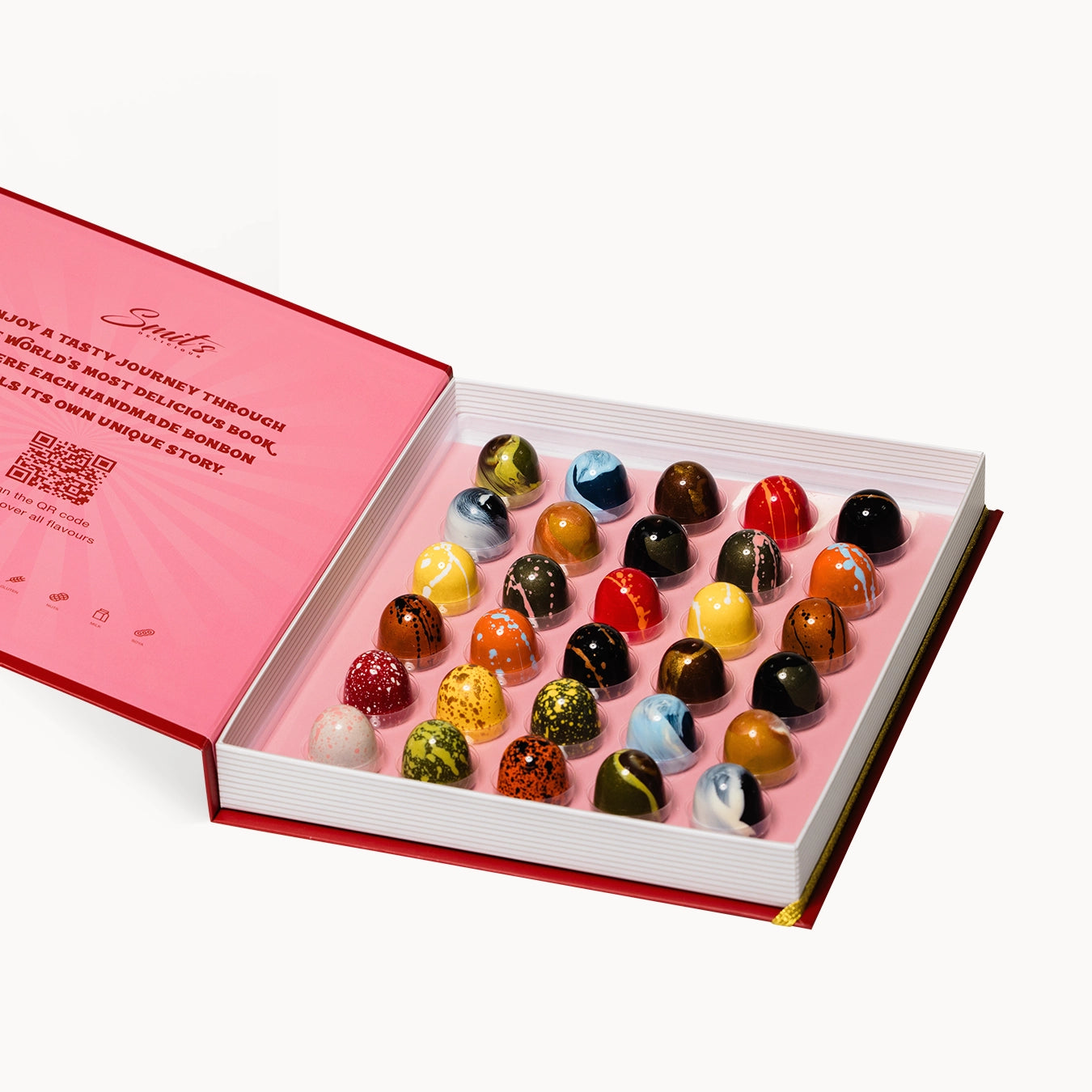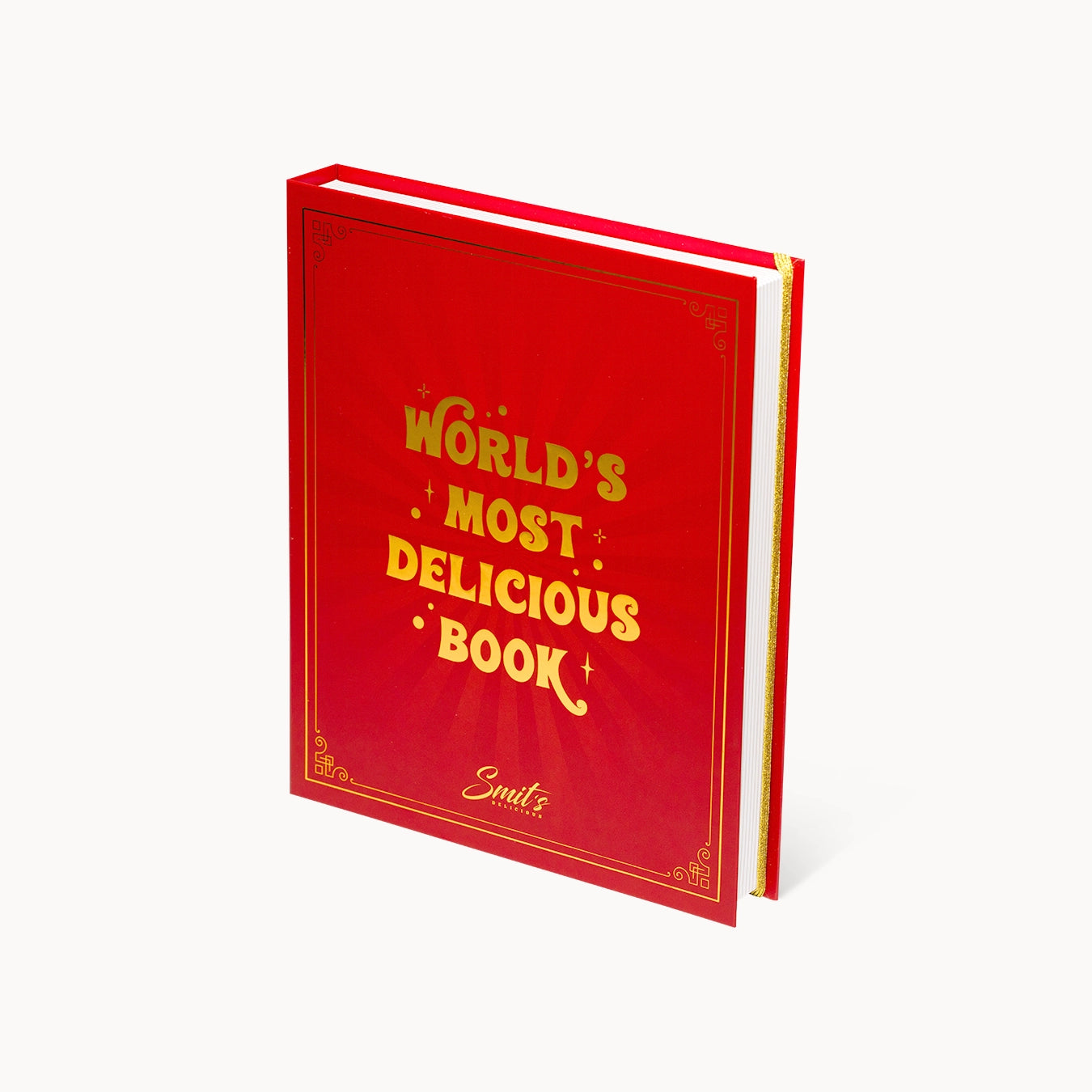Chocolate lovers around the world enjoy delicious chocolates every day, but the terms "bonbon" and "praline" can sometimes cause confusion. Are they the same, or is there a key difference? Let's unravel this mystery!
What is a bonbon?
The word "bonbon" comes from French and literally means "tasty morsel." In the chocolate world, a bonbon refers to a luxurious, handmade chocolate treat with a filling. The exterior is usually a thin layer of chocolate, while the interior can consist of ganache, praline, marzipan, caramel, liqueur, or even fruit fillings. Bonbons can come in all shapes and sizes and are often hand-decorated for a luxurious look.
Read all about the history of chocolates here
What is a praline?
In Belgium, the term "praline" is used for filled chocolates. This can indeed be quite similar to what are called "bonbons" in the Netherlands and France. Belgian pralines often have a thin chocolate shell and are filled with soft fillings such as praline (a mixture of nuts and sugar), cream, or caramel.
When we talk about praline, we are referring to the sweet, nutty filling inside a bonbon or praline, which is often made from finely ground hazelnuts or almonds with caramelized sugar.
Differences between chocolates and pralines
In the Netherlands and France, the word "praline" usually refers to a specific filling of nuts and sugar used as an ingredient in chocolate. In Belgium, however, "praline" simply means a filled chocolate, regardless of the filling.
This means that a Belgian praline would be called a bonbon in the Netherlands, but not every bonbon is a praline. A bonbon can also be filled with fruit puree, liqueur, or caramel, while pralines usually have a creamy or nutty filling.
The main differences
Origin and definition
- Bonbon : General term for filled chocolate, often used in the Netherlands and France.
- Praline : In Belgium this means a filled chocolate, while in other countries it can refer to caramelized nuts.
Filling
-
Bonbons can be filled with a wide variety of ingredients, such as fruit purees, caramel or liqueur.
-
Pralines often contain a nut praline or a creamy ganache filling.
Use of the term
-
In the Netherlands and France we often talk about chocolates .
-
In Belgium and Germany the term praline is used much more.
| Feature | Candy | Praline |
|---|---|---|
| Definition | Filled chocolate | In Belgium: filled chocolate, in France: caramelized nuts |
| Filling | Ganache, caramel, fruit, marzipan | Often praline paste (nuts and sugar) |
| Origin | France | Belgium (filled praline) and France (caramelized nuts) |
Conclusion: a matter of language and tradition
Although bonbons and pralines are often considered synonymous, there's a subtle difference between the two. In the Netherlands, you're more likely to hear the term bonbon, while in Belgium, praline is more common. What do they have in common? They're both irresistibly delicious! So whether you choose a bonbon or a praline, you'll be sure to enjoy it.
At Bonbonbook, we deliberately choose the term "bonbon" because we see each piece of chocolate as a little story – a tasty chapter in a book full of sweet memories.
Curious about our chocolates? Discover them at Bonbonbook and taste the difference for yourself!


